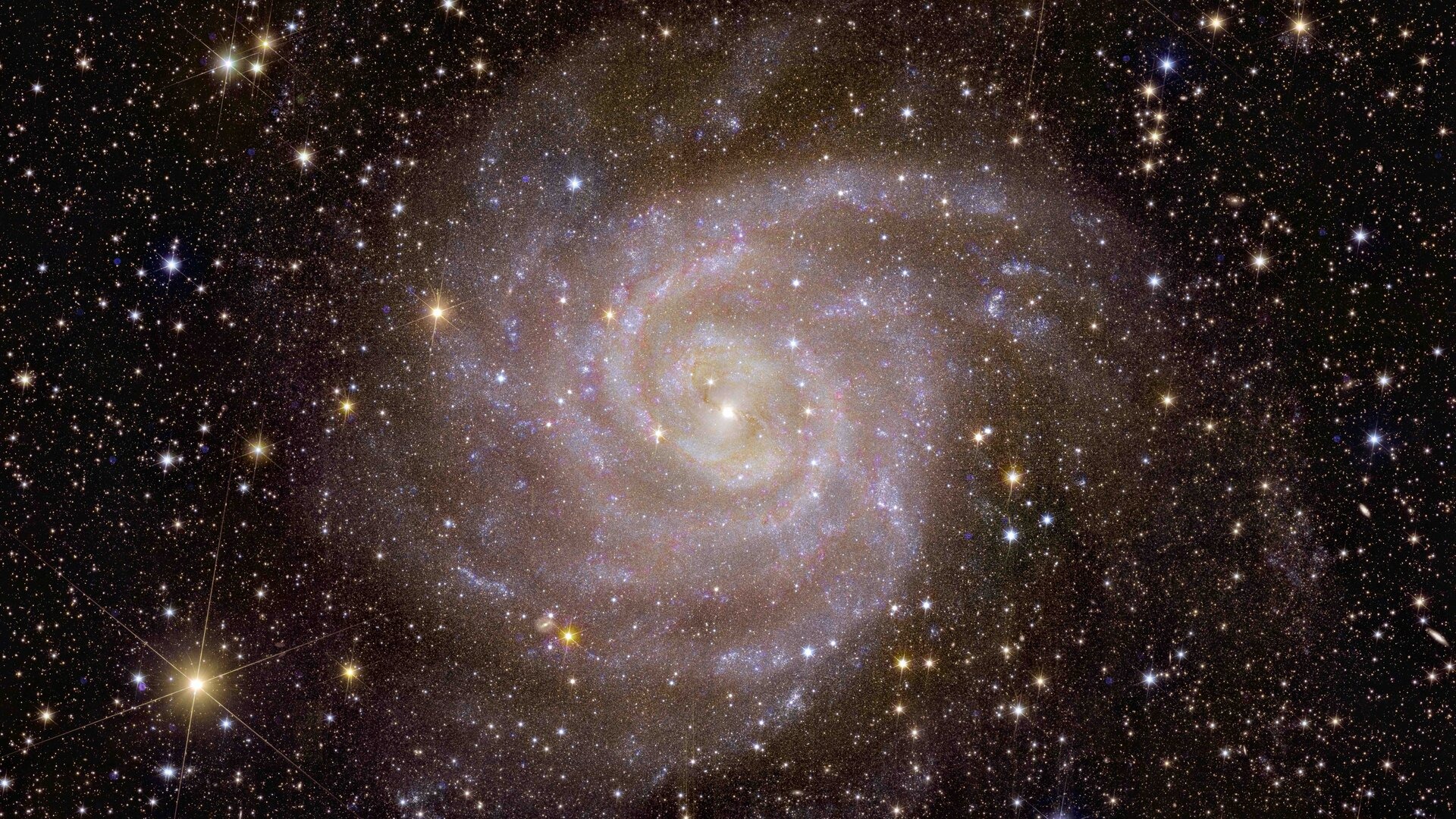The European Space Agency (ESA) has just released the first five images from the Euclid Space Telescope, launched in July to study the expansion of the universe. With a diameter of 1.2 m, this machine offers an exceptional field of view in astronomy. That’s why, in addition to their astonishing beauty, these photos also reveal details with unprecedented precision, thanks to an imager that observes in visible light and a near-infrared spectroimager (NISP).
Breathtaking beauty and unparalleled precision
The first breathtaking photo is that of the Perseus galaxy cluster, one of the most massive in the universe: a thousand galaxies… and another 100,000 in the background. The second image shows the irregular dwarf galaxy NGC 6822, whose stars appear in the form of “clouds” typical of young galaxies. The third image is a globular cluster NGC 6397, which only the Euclid Telescope can observe in its entirety and with many details of its stars.
In the fourth photo taken by NISP, the spiral galaxy IC 342, nicknamed the “hidden galaxy,” appears. And the fifth image provides a huge panorama of the spectacular Horsehead Nebula.
Thanks to Euclid’s observations, researchers will learn more about dark matter and dark energy, which together make up 95% of the universe, according to cosmological models! Hence the telescope’s well-deserved nickname: “The Detective of the Dark Universe.”
 Euclid’s view of the Horsehead Nebula
Euclid’s view of the Horsehead Nebula
 Euclid’s view of the Perseus galaxy cluster
Euclid’s view of the Perseus galaxy cluster
 Euclid’s view of the irregular galaxy NGC 6822
Euclid’s view of the irregular galaxy NGC 6822
 Euclid’s view of the globular cluster NGC 6397
Euclid’s view of the globular cluster NGC 6397

